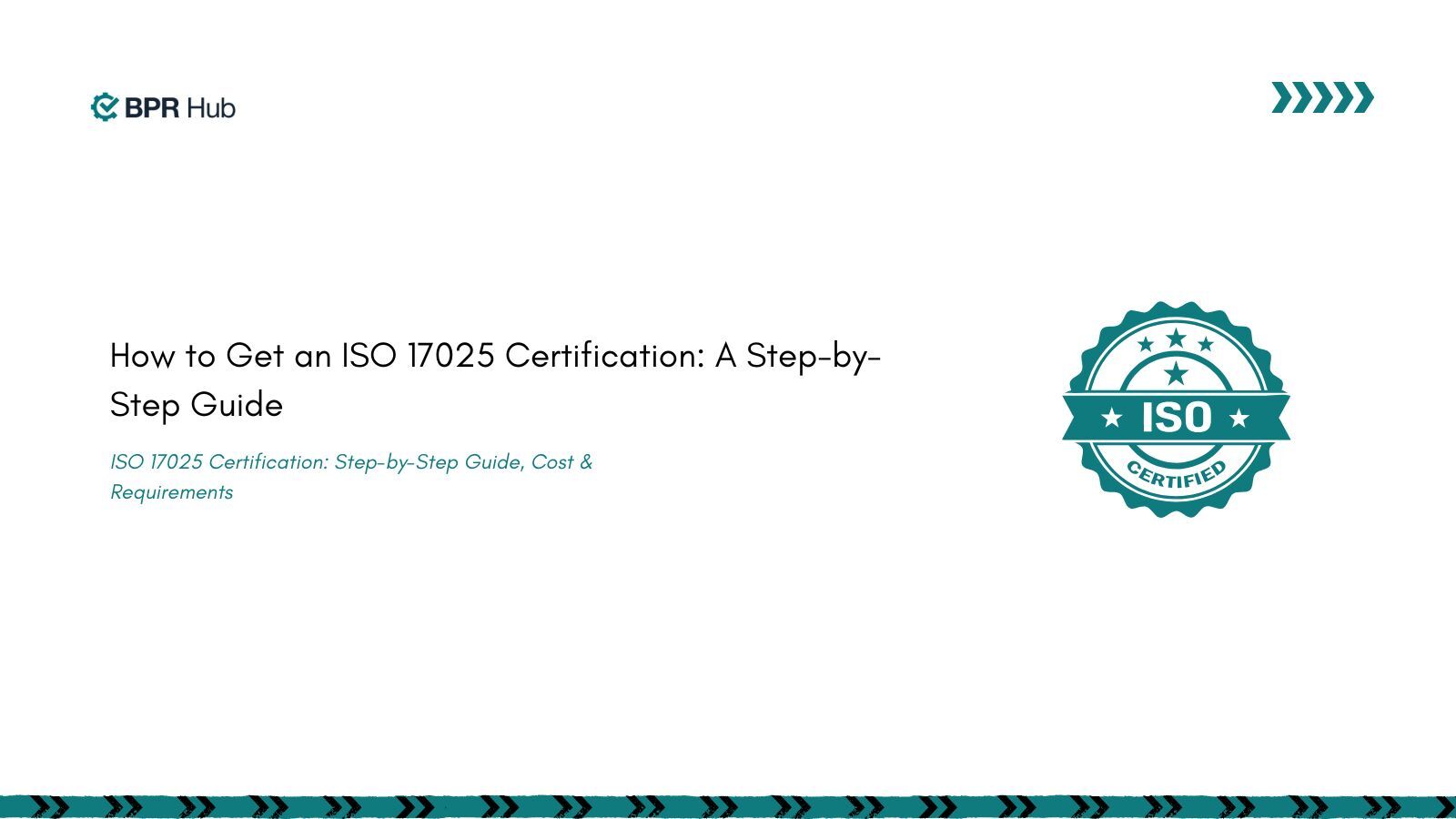In the world of ISO 9001:2015, monitoring and measurement are often used interchangeably, leading to some confusion, even though they serve distinct roles in quality management. Understanding the difference is key to making data-driven decisions that drive continuous improvement.
This blog breaks down the differences, highlights the importance of ISO 9001:2015 monitoring and measurement, and shows how evidence-based decision-making can elevate your ISO 9001:2015 compliance strategy.
Ready to clear the confusion and unlock smarter quality management? Let’s dive in.
Importance of Evidence-based Decision Making in ISO 9001:2015
Evidence-based decision-making is crucial in ISO 9001:2015, ensuring that business decisions are grounded in reliable data rather than intuition or assumptions. This approach fosters accuracy, consistency, and continuous improvement within an organization.
By using data collected through monitoring and measurement, companies can identify areas for improvement and make informed choices that align with their quality objectives.
In ISO 9001:2015, Clause 9.1 specifically outlines the requirement for organizations to monitor, measure, analyze, and evaluate their processes to ensure they meet established quality standards. It emphasizes the need to track key performance indicators (KPIs) to measure quality and effectiveness, enabling businesses to adapt and improve.
ISO 9001: 2015 monitoring and measurement support an organization by:
- Assessing product quality and process performance
- Enabling corrective actions based on real data
- Driving continuous improvement efforts
Let’s analyze these benefits in detail.
ISO 9001:2015 Monitoring and Measurement
ISO 9001:2015 emphasizes the importance of monitoring and measurement in ensuring consistent product quality and improving organizational processes. These activities not only help organizations track and improve their processes but also ensure that they meet the standards required for consistent product quality and performance.
Let's break it down.
What is Monitoring in ISO 9001:2015?
Monitoring in ISO 9001:2015 involves the ongoing observation of processes, systems, or activities to ensure they meet established quality criteria. It’s about keeping a continuous check on performance to identify any deviations or trends that could impact the quality of products or services.
Monitoring is generally more qualitative, focusing on assessing the overall performance and identifying areas for improvement.
Monitoring can involve techniques such as:
- Statistical Process Control (SPC): Tracking data trends to spot variations in real time.
- Data Collection: Using feedback, KPIs, and surveys to gather insights on process performance.
- Process Audits: Regular audits to check on processes to assess their effectiveness.
Simplify the regular audit process with BPRHub’s Audit Hub, making it easier to track, schedule, and execute audits and stay compliant with ISO 9001:2015 standards!
What is Measurement in ISO 9001:2015?
Measurement, on the other hand, is a more precise and quantitative activity that involves comparing actual process or product performance against defined standards or specifications. It helps determine whether the desired outcomes are being achieved and provides concrete data to make decisions.
Measurement techniques include:
- Dimensional Measurement: Ensuring products meet required specifications using tools like calipers or micrometers.
- Controlled Testing: Evaluating product performance under specific conditions (e.g., stress or temperature tests).
- Process Capability Analysis: Measuring how well a process can produce outcomes within specified limits.
Accurate measurement in ISO 9001:2015 requires proper documentation of findings.
Simplify the documentation process with BPRHub's Document Hub, making it easy to manage and organize your measurement data for better compliance.
What distinguishes the two is that monitoring tracks trends and performance over time, while measurement provides exact, quantifiable results that assess whether quality standards are being met. Let’s study their differences in detail.
Difference Between Monitoring and Measurement
While ISO 9001 2015 monitoring and measurement may seem similar, they serve different purposes and are used in distinct ways within the quality management system. Understanding the difference between these two is crucial for organizations striving to meet ISO 9001:2015 requirements and enhance their processes.
In summary, monitoring involves continuous or periodic observation to track process performance and identify deviations, focusing on trends with qualitative tools like data collection and audits. Measurement, on the other hand, is a precise, quantitative evaluation of whether processes or products meet standards using tools such as dimensional checks, controlled testing, and process capability analysis.
To understand the importance of monitoring and measurement, you need to learn about the important clause that deals with the evaluation; they are detailed in the following session.
ISO 9001:2015 Monitoring and Measurement Steps
ISO 9001:2015 lays out specific guidelines in its clauses to help organizations effectively monitor and measure their QMS processes. Key clauses related to monitoring and measurement include Clause 9.1.1 and Clause 9.1.2.
Clause 9.1.1: Monitoring, Measurement, Analysis, and Evaluation
Clause 9.1.1 emphasizes the need for organizations to collect and analyze data systematically. It outlines the process of monitoring and measuring key performance indicators (KPIs) and using that data to make informed decisions. This clause ensures that organizations:
- Identify what needs to be monitored and measured.
- Determine the methods and tools for measurement.
- Set the timeframes and frequency for monitoring and measurement activities.
This clause focuses on evidence-based decision-making, where data gathered through monitoring and measurement is analyzed to evaluate whether the processes are achieving the desired quality outcomes.
To ensure compliance with Clause 9.1.1, streamline KPI tracking and data analysis for better decision-making with BPRHub's Standard Hub.
Clause 9.1.2: Customer Satisfaction
While not strictly about monitoring and measurement of processes, Clause 9.1.2 ties into the broader concept by stressing the importance of measuring customer satisfaction as a critical factor for quality. This clause requires organizations to monitor and measure customer feedback, complaints, and satisfaction to ensure that products or services align with customer expectations.
This data feeds into continuous improvement efforts, driving organizations to enhance their QMS based on real feedback. Critical steps for monitoring and measurement:
Let’s analyze how incorporating advanced technical tools like BPRHub can help manufacturers easily measure and monitor an organization’s process.
BPRHub to Simply ISO 9001 2015 Monitoring and Measurement
Monitoring and measurement in ISO 9001:2015 can be challenging for organizations due to the complexity of tracking various processes and ensuring that they meet quality standards. The requirements of continuous observation, precise measurement, and data analysis can be overwhelming without the right tools. BPRHub offers a solution to streamline this process, making it easier for businesses to stay compliant with ISO 9001:2015 and enhance their QMS.
BPRHub simplifies monitoring and measurement by providing real-time data tracking, automated KPI tracking, and intuitive reporting features. It allows organizations to efficiently monitor performance, assess process effectiveness, and make data-driven decisions. With tools like process-ready documents, statistical control, a user-friendly interface and customized audit checklists, BPRHub ensures a smooth and effective quality management process that aligns with ISO 9001:2015 requirements.
Get started with BPRHub today to simplify your ISO 9001:2015 monitoring and measurement processes and make data-driven decisions with ease!
FAQ’s
1. What is the ISO 9001 2015 monitoring and measurement procedure?
Ans: The ISO 9001:2015 monitoring and measurement procedure involves systematically tracking key performance indicators (KPIs), using data collection, audits, and statistical methods to assess product quality and process performance, ensuring compliance with quality standards and driving continuous improvement.
2. What is evidence-based decision-making in ISO 9001:2015?
Ans: Evidence-based decision-making in ISO 9001:2015 involves using reliable data, not assumptions, to guide business choices, ensuring accuracy and alignment with quality objectives for continuous improvement in products and processes.
3. What is the ISO 9001 monitoring and measurement clause?
Ans: The ISO 9001 monitoring and measurement clause (Clause 9.1) requires organizations to monitor, measure, analyze, and evaluate processes, using data to assess performance against quality objectives. It ensures decisions are evidence-based and drives continuous improvement in quality management systems.
4. How can BPRHub help with ISO 9001:2015 compliance?
Ans: BPRHub simplifies monitoring, measurement, and KPI tracking by offering real-time data collection, intuitive reporting, and automated tools to ensure compliance and enhance decision-making for ISO 9001:2015 QMS processes.
5. What is the role of customer satisfaction in ISO 9001:2015?
Ans: Customer satisfaction is critical in ISO 9001:2015 for measuring product or service quality. Monitoring customer feedback helps drive continuous improvement efforts to align with customer expectations and improve the quality management system.
Get insights that help you minimize risks and maximize profits.
Dive deeper into manufacturing compliance with our free resources.
We get it, compliance can get tough.
Here are some additional resources to help.
We get it, compliance can get tough. Here are some additional resources to help.
Get updates in your inbox

.svg)
%20(1).svg)


.jpg)

%20Impact%20and%20Prevention.jpg)
%20(1).svg)

.avif)

